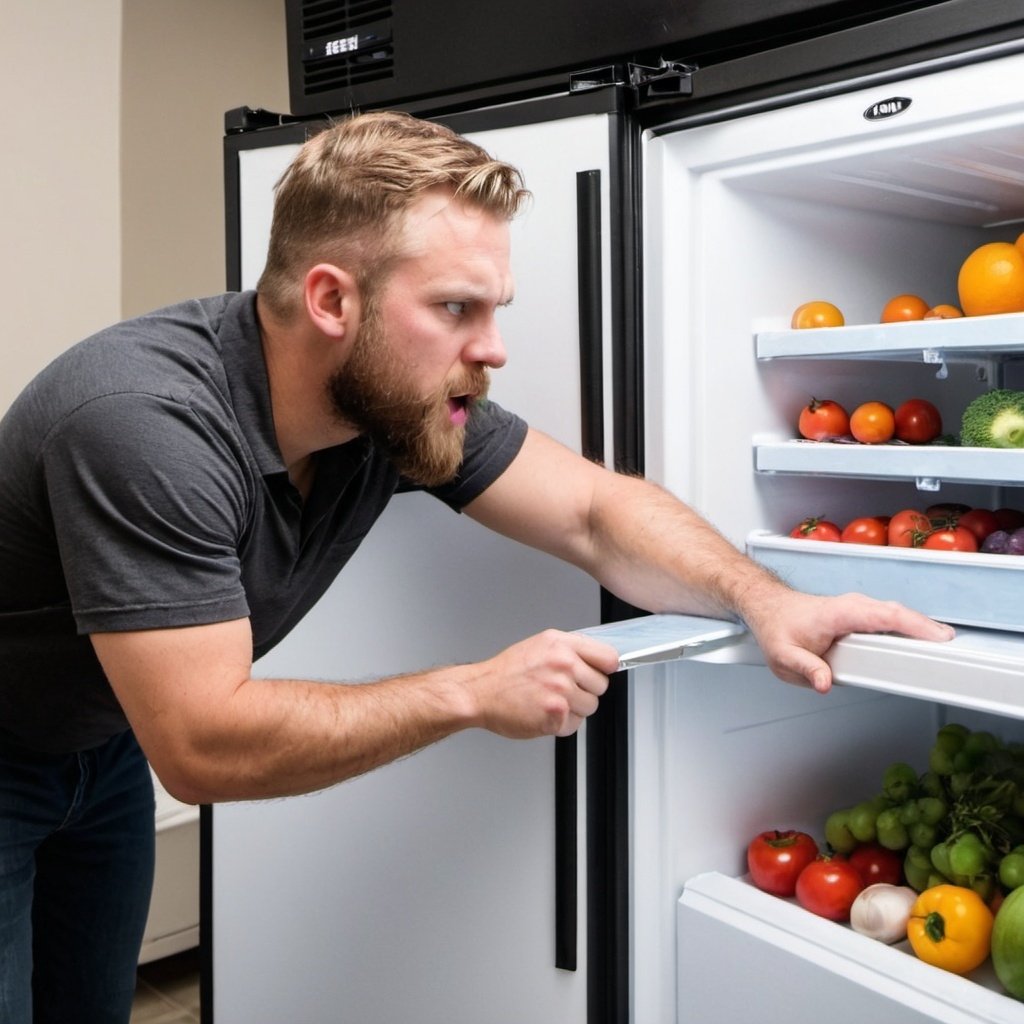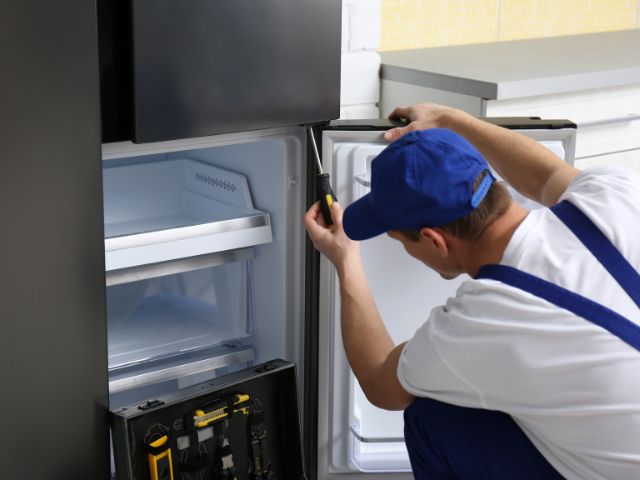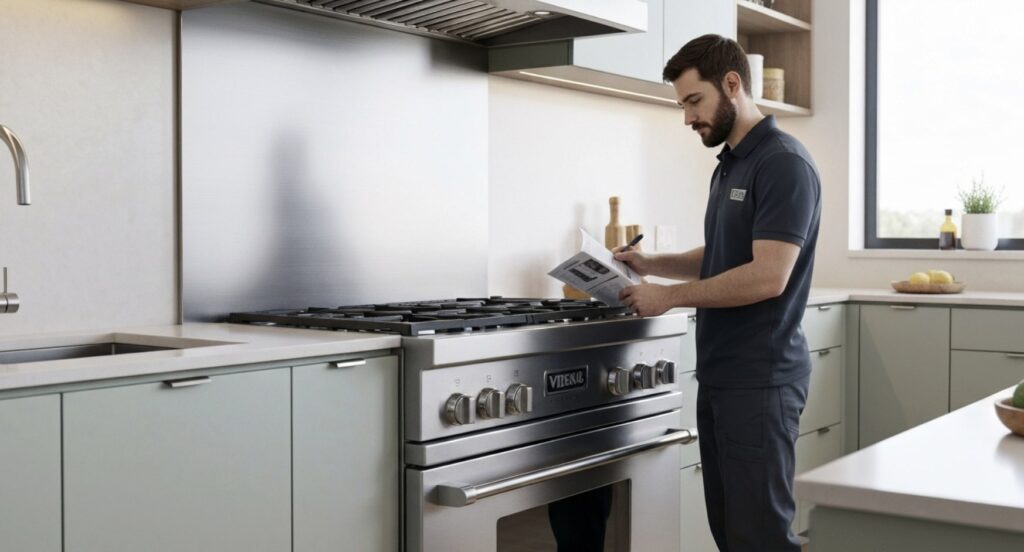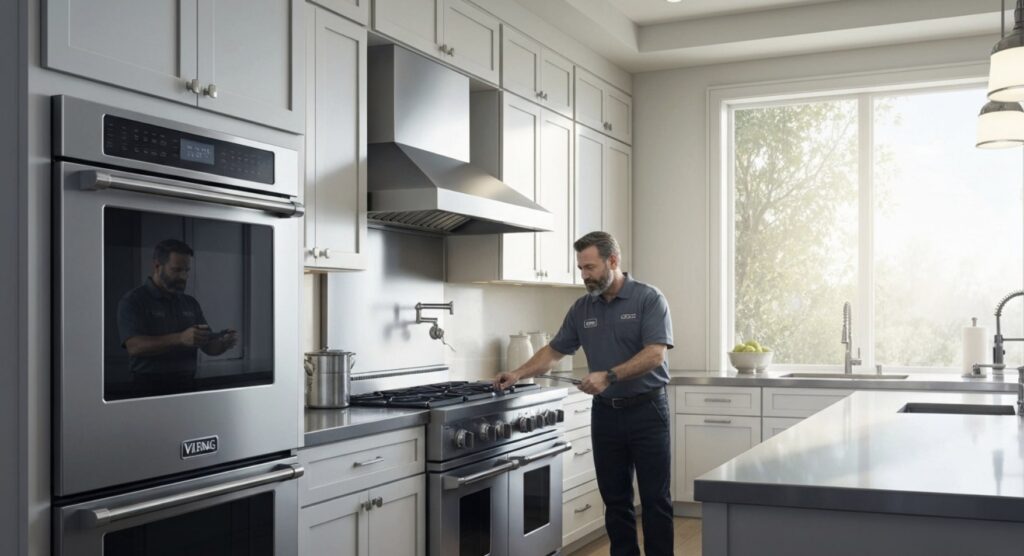Viking appliances are known for their quality and durability, and a Viking freezer is no exception. However, even the best appliances can experience problems from time to time. One common issue that Viking freezer owners may encounter is a lack of cooling. When a freezer fails to cool properly, it can lead to food spoilage and inconvenience. Understanding the possible causes of a Viking freezer not cooling and how to troubleshoot and resolve the problem can help owners get their appliance back to optimal performance.
In this blog, we will explore the reasons why a Viking freezer is not cooling properly and provide step-by-step troubleshooting guidance. We will discuss the role of the evaporator fan and the impact of dirty condenser coils on freezer performance. Additionally, we will delve into common culprits behind a Viking freezer malfunction, such as a faulty temperature control thermostat and a malfunctioning evaporator fan. You will learn how to identify signs that these components need attention and how to test and replace them if necessary.
We will also address the question of when to attempt DIY fixes and when to call a professional for appliance repair. Finally, we will provide preventative measures to keep your Viking freezer running smoothly and efficiently. By the end of this blog, you will be equipped with the knowledge and tools to troubleshoot and resolve a Viking freezer not cooling problem.
Common Culprits Behind a Viking Freezer Malfunction
When faced with a Viking freezer not cooling problem, it is helpful to be aware of the common culprits that may be causing the malfunction. Two of the most common issues to consider are the temperature control thermostat and the evaporator fan.
Faulty Temperature Control Thermostat Explained
The temperature control thermostat is a critical component of a Viking freezer’s cooling system. It is responsible for monitoring and regulating the proper temperature inside the freezer to maintain the desired level. When the temperature control thermostat is faulty or not working correctly, it can lead to inadequate cooling. Signs of a faulty thermostat include the freezer not reaching the set temperature, temperature fluctuations, and the compressor not cycling on and off as it should. Testing the thermostat with a multimeter can help determine if it is the cause of the cooling problem. If the thermostat is found to be faulty, it should be replaced to restore proper cooling functionality. We will discuss how to test and replace the temperature control thermostat in more detail later in this blog.
Signs That Your Freezer’s Thermistor Needs Attention
The thermistor is another component that plays a crucial role in the cooling cycle of a Viking freezer. It is responsible for monitoring the temperature inside the freezer and sending signals to other components to regulate the cooling process. If the thermistor is defective or not functioning properly, it can lead to issues with cooling. Signs that your freezer’s thermistor may need appliance service include the freezer not reaching the desired temperature, faulty evaporator fan, inconsistent cooling, and unusual temperature fluctuations. Testing the thermistor with a multimeter can help determine if it is the cause of the cooling problem. If the thermistor is found to be faulty, it should be replaced to restore proper cooling functionality. We will discuss how to test and replace the thermistor in more detail later in this blog.
Step-by-Step Troubleshooting Guide for Your Viking Freezer
A Viking freezer not cooling properly can be a frustrating issue to deal with. However, with a systematic troubleshooting approach, you can identify and resolve the problem. Here is a step-by-step guide to help you troubleshoot your Viking freezer:
- Check the temperature settings: Ensure that the temperature settings of the freezer are set correctly. Adjust the settings if necessary and wait for the freezer to reach the desired temperature.
- Clean the condenser coils: Dirty condenser coils can hinder the freezer’s cooling performance. Use a coil brush and vacuum cleaner to remove any dust or debris from the coils.
- Test the evaporator fan: The evaporator fan is responsible for circulating cool air throughout the freezer. Check if the fan is running smoothly and replace it if necessary.
- Inspect the temperature control thermostat: Test the temperature control thermostat with a multimeter to ensure it is functioning properly. If it is faulty, replace it to restore proper cooling.
By following these troubleshooting steps, you can resolve common issues and get your Viking freezer back to optimal cooling performance.
DIY Fixes vs. When to Call a Professional
When faced with a Viking freezer not cooling problem, you may wonder whether to attempt DIY fixes or call a professional appliance repair service. While some issues can be resolved with DIY solutions, others may require the expertise of a professional.
Simple Fixes You Can Do at Home
If you are experiencing a Viking freezer not cooling problem, there are some simple fixes that you can try at home. These fixes can help resolve common issues and restore proper cooling functionality to your freezer. Here are a few simple fixes that you can attempt:
- Clean the condenser coils: As mentioned earlier, dirty condenser coils can hinder the cooling performance of your freezer. Use a coil brush and vacuum cleaner to remove any dust or debris from the coils.
- Check the door seal: A faulty door seal can lead to cool air escaping from the freezer, causing inadequate cooling. Inspect the door seal for any visible damage and clean it regularly to prevent debris buildup.
- Minimize door openings: Frequent door openings can lead to temperature fluctuations. Minimize the number of times you open the freezer door, especially during periods of high activity in your home.
By attempting these simple fixes, you may be able to resolve the cooling problem of your Viking freezer. However, if the problem persists or involves complex components, it is advisable to seek professional assistance.
Warning Signs It’s Time to Call in the Experts
While some Viking freezer not cooling issues can be resolved with simple DIY fixes, there are certain warning signs that indicate it’s time to call in the experts. Here are some situations where professional assistance may be needed:
- Complex component issues: If the problem involves complex components like the compressor, control board, or condenser fan, it is best to seek professional help. These components require specialized knowledge and tools to diagnose and repair.
- Persistent cooling problems: If you have attempted DIY fixes and the cooling problem persists, it may indicate a more significant underlying issue. A professional technician can accurately diagnose the problem and provide a solution.
- Safety concerns: If you are unsure about the safety procedures involved in repairing your Viking freezer, it is best to leave the job to professionals. They have the necessary expertise and experience to handle the repairs safely.
By recognizing these warning signs and seeking professional assistance when needed, you can ensure that your Viking freezer is repaired correctly and efficiently.
Conclusion
If your Viking freezer is not cooling, understanding the components and potential culprits is crucial. From the evaporator fan to dirty condenser coils, each part plays a vital role in maintaining optimal performance. By following the troubleshooting guide and performing regular maintenance, you can extend the lifespan of your freezer. Remember, knowing when to seek professional help is key to preventing further damage. For more in-depth information on your Viking fridge, check our blog: Understanding Your Viking Refrigerator Reset Button.
Frequently Asked Questions
Why is my Viking freezer cold but not freezing?
If your Viking freezer is cold but not freezing, it could indicate several issues. Possible causes include a malfunctioning compressor, low refrigerant levels, blocked evaporator coils, or restricted airflow due to blocked vents. It’s best to consult a professional appliance repair service to diagnose and resolve the problem for efficient cooling.
Can a full freezer cause not cooling issues?
A full freezer can potentially cause cooling issues if it obstructs proper airflow. When the freezer is packed tightly, air circulation may be restricted, leading to uneven cooling or inadequate cooling. Additionally, ensure that the refrigerator door is properly sealed to prevent warm air from entering the freezer.
How often should I defrost my Viking freezer?
The frequency of defrosting your Viking freezer depends on factors such as usage and ambient humidity levels. As a general guideline, it’s recommended to defrost the freezer when ice buildup exceeds ¼ inch. Regular defrosting helps maintain proper airflow, prevents excessive ice accumulation on evaporator coils, and ensures optimal cooling efficiency.
What to do if troubleshooting doesn’t fix the cooling problem?
If troubleshooting efforts do not resolve the cooling problem in your Viking freezer, it’s advisable to seek professional help from a reputable appliance repair service that specializes in Viking refrigerators. A trained technician can accurately diagnose the issue and provide the necessary repairs or replacements to restore optimal cooling performance. For expert assistance, consider contacting Viking Appliance Repair Los Angeles to ensure your freezer is back to its best.







